Elvis, Shady Cops, and the Mob: My Dark Journey to Find a Killer
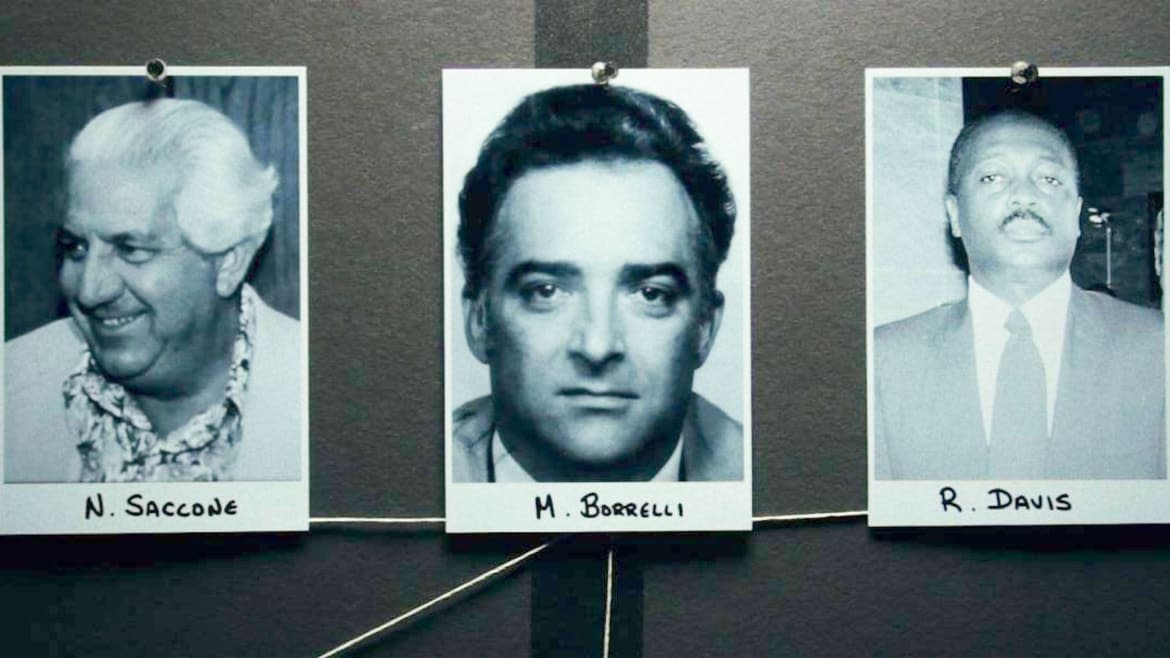
It’s January 2012. I’m sitting in a car during what I guess you could only describe as a stakeout. My legs won’t stop shaking. I’m not sure if it’s from the bitter cold, nerves or adrenaline—probably all of the above. I’m watching a house I believe is the home of Terry Lee D’Prero, also known as “Blue”—a man who participated in the murder-for-hire killing of Denver businessman Hal Levine, and the attempted murder of his wife, Shirley.
I have spent five long years searching for D’Prero, who was placed into witness protection in exchange for his testimony against two former New York City Police detectives. D’Prero, a known criminal who confessed to being one of two gunmen involved in the murder, was given complete immunity and became the key witness in the case, despite the fact that he had previously been diagnosed as a pathological liar.
My obsession with finding Terry Lee D’Prero, is not for the sake of the hunt, but because I’m hoping he holds the answers to a mystery that has consumed my life for years.
If I’m right and this man—who now goes by Tony Ginnetti—is in fact Terry Lee D’Prero, then it is his son who has just been convicted of murdering a man and disposing of his body in the trunk of a burning car.
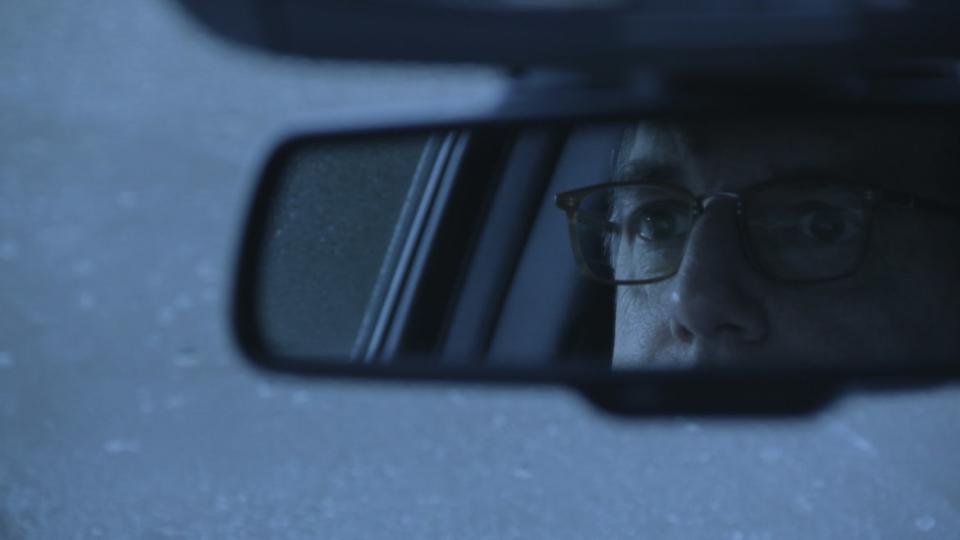
Filmmaker Sheldon Wilson
I place my hands firmly on my shaking legs to try to calm them when I’m startled by a car pulling up directly next to mine. Using the arm of my jacket to clear the fog on the side window, I’m relieved to see it’s Herb Welman*, a retired police officer and now private investigator, who we have asked to accompany us as we prepare to make contact with the man I think is D’Prero. Getting out of the car, Steve London, a long-time friend and producer of the documentary, asks me if this is something we should really be doing. I have spent countless hours doing research and traveling thousands of miles around the country trying to find this man who doesn’t want to be found. Now that I am mere feet from his doorstep, finally within reach of unlocking the mystery, I am not so sure.
I began this journey six years earlier when I came across a story from 1975 that seemed truly stranger than fiction involving a “Mafia” Godfather, a Vegas high-roller, former cops, a “gangland-style” hit, an alleged poisoning, Elvis Presley, prison gang leaders, and a cocaine-addicted newspaper editor who printed it all. Most importantly, at the core of this story was a possible gross miscarriage of justice involving Robert Davis—one of only a few African American police detectives in New York City at the time—and his former NYPD partner Michael Borrelli, a retired Italian American detective. Both were accused of having East Coast Mafia ties and arrested for the sensational murder of Levine and attempted killing of Shirley.
Among the first people I contacted while doing research for the documentary was Sgt. Robert Cantwell, the lead detective in charge of the case who was now head of the Colorado Bureau of Investigation. To put it gently, he was less than enthusiastic about the project. It struck me as odd that Cantwell didn’t want to talk to me about one of his most high-profile cases—a case that was, at that point, over 30 years old. It was not the response I had expected. Then again, very little of what I went on to find out about this case was anything close to what I expected.
Back in May 1975, Michael Borrelli, Hal Levine and six others were partners in multiple businesses in Denver, Colorado, including Casa Donato, a new Italian restaurant where Terry Lee D’Prero worked as a bartender. Two of the partners were also in the insurance business and convinced Levine to take out a keyman insurance policy worth $5 million—a policy all the partners would share in if anything ever happened to Hal Levine. This would prove fatal for Levine.
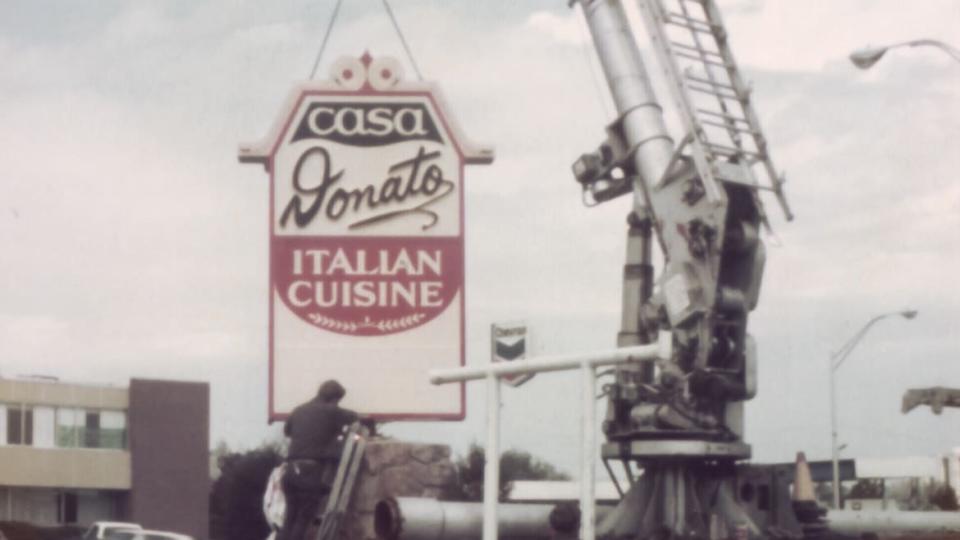
Months later, when the once-successful Italian restaurant found itself in dire financial straits, Levine desperately tried to cancel the insurance policy—something he unfortunately wasn’t able to do before the morning of Oct. 7, 1975, when two men entered his home, gunning him down at his kitchen table before heading to an upstairs bedroom where they left his wife, Shirley, for dead after shooting her three times.
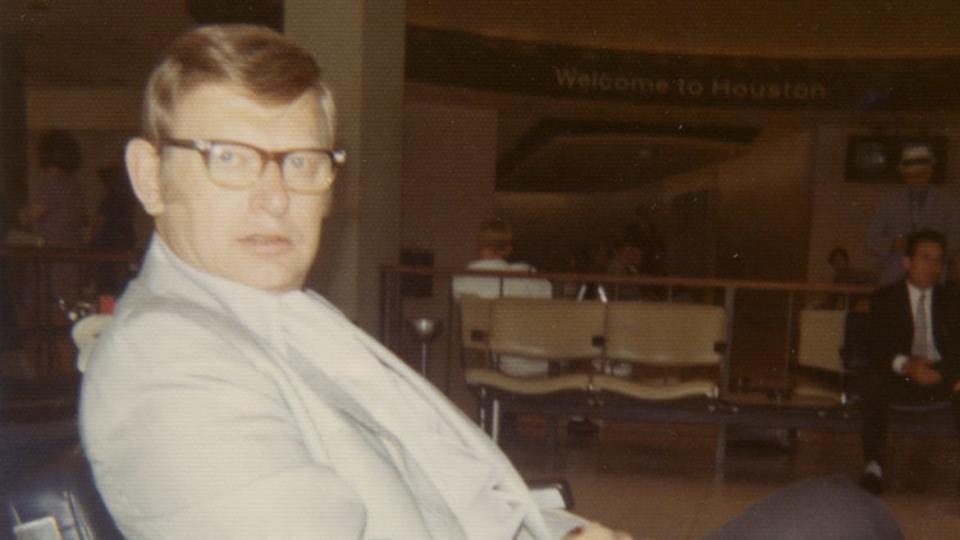
The victim, Denver businessman Hal Levine
Enter the Colorado Organized Crime Strike Force. The Godfather Part II had just been released the previous year and public sentiment, at least at the time, seemed to be that if you were Italian, if your last name ended in a vowel, you had ties to the Mafia. This warped mentality led to nearly every major American city creating a strike force specifically designed to combat the Mob. In Denver, however, the Organized Crime Strike Force was on the verge of being disbanded by the state for having “…an inadequate record of developing cases against organized crime in Colorado.” Days later, Sgt. Robert Cantwell, the head of the Strike Force, took over the Levine murder case from Denver’s Homicide Division, telling the state budget committee—the very committee that would decide the fate of the Strike Force—that he believed the case to be the work of organized crime.
At the same time, Cantwell, along with other members of the Organized Crime Strike Force and Denver Police Department, was spending a lot of time with Elvis Presley, a big fan of law enforcement. Elvis bought Cantwell and some of the others brand new Cadillacs, flew them to Graceland on his private jet, the Lisa Marie, and took them on lavish vacations to Vail, all during the height of The King’s drug use.
Before Michael Borrelli was ever accused of murder, a decidedly anti-Italian story about him and the restaurant came out in Denver Magazine labeling him the “Colorado Godfather,” firmly cementing his infamy within the Mile High City.

Soon after, his former police partner, Robert Davis, was arrested in New York and accused of being one of the men who killed Levine, allegedly on behalf of Michael Borrelli. The Colorado Organized Crime Strike Force had two witnesses who said they had seen Davis in a Denver bar with D’Prero the night before the murder. But Shirley Levine, who miraculously survived her attack, told police that the first gunman into her room was white and described the second gunman as a “pasty-faced” Black man with gray hair—not a description matching Robert Davis, who was a very dark-skinned man with jet-black hair. The prosecution would try to discredit Shirley, but she remained adamant, maintaining for the rest of her life that Robert Davis was not one of the men in the room when she was shot.
The state offered to take the death penalty off of the table for Davis if he would testify against Borrelli. Davis refused, remaining steadfast in his and Borrelli’s innocence. Borrelli was not the only partner in the restaurant who would benefit from Levine’s death, and Davis insisted he wasn’t even in Denver at the time of the murder. Rumors were also circulating that Levine himself had Mafia ties and owed a significant gambling debt in Vegas.
When no physical evidence could be found connecting either Borrelli or Davis to the murder, complete immunity was given by the state to a confessed participant in the killing, Terry Lee D’Prero, on the condition that his, “information greatly enhances our case against Michael Borrelli.” As the prosecution’s star witness, D’Prero would change his story in court numerous times. When ballistic analysis showed that the gun D’Prero said he was holding during the killing was in fact the murder weapon, D’Prero changed his story yet again. Regardless, he was given a new identity and placed into witness protection. I would later discover that under an assumed name, Terry Lee D’Prero had continued to pursue a life of crime, landing him on Texas’ Most Wanted list.
Borrelli, the now infamous “Colorado Godfather,” was convicted of murder and sentenced to life in prison, a sentence that at the time required serving just 10 years before becoming eligible for parole. He was shipped off to a medium-security prison.
When the prosecution couldn’t prove murder, Robert Davis was convicted of conspiracy to commit murder by an all-white jury and sent to a maximum-security prison for 30 to 45 years. This was by far a much harsher sentence than Borrelli’s, one that Davis felt was solely because of the color of his skin.
Four years later, a still-incarcerated Borrelli was approached by a prison gang leader who said he had inside information concerning the location of a key witness who couldn’t be found during Davis’ or Borrelli’s first trial—a witness Borrelli said was purposely hidden by law enforcement so that witness couldn’t testify. This was followed by a chain of events involving a drug-addicted juror from Borrelli’s trial that gave grounds for a new appeal. Also included in the appeal was the fact that a psychiatrist’s report had been withheld from the jury—a report diagnosing Terry Lee D’Prero as a pathological liar who suffered from an “organic brain syndrome.”
The Court of Appeals granted Borrelli a new trial. The prosecution, facing the prospect of trying the case over again, offered Borrelli a deal that would set him free without the need for a second trial: plead guilty and they would let him go with time served. Borrelli refused, insisting he was innocent, Davis was innocent, and he wanted his day in court. The considerable risk paid off. Borrelli was set free, with the jury unanimously finding him not guilty.
In an unprecedented turn of events, after Borrelli was released from prison, he became a police officer once again. As far as I am aware, this is the only time this has ever happened.
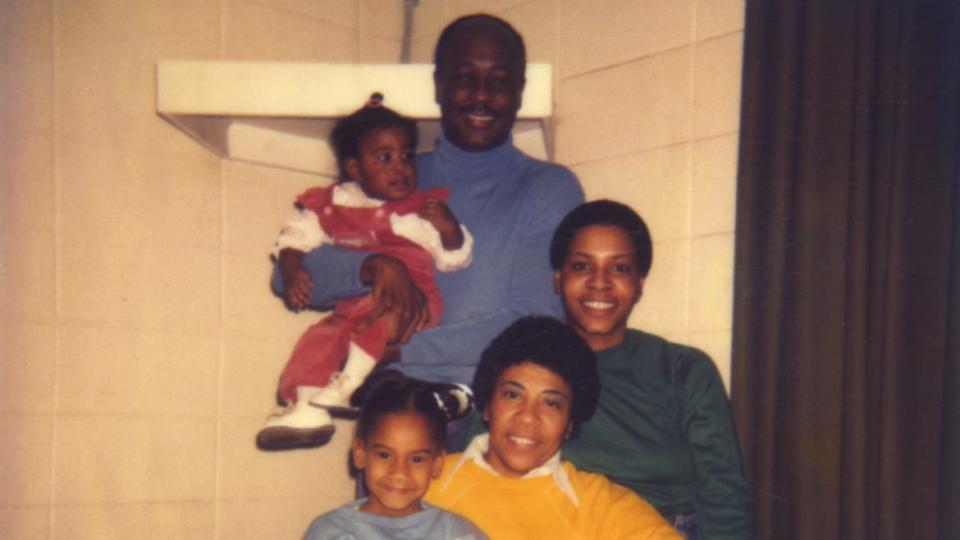
Bob Davis' family visiting him in prison
Davis was convinced that because Borrelli, the man at the center of the so-called conspiracy, the one who supposedly hired Davis to kill Hal Levine, was found not guilty, he too would be set free—especially now that there was new evidence that hadn’t been made available to Davis during his first trial: police notes that had not been introduced into evidence containing Shirley Levine’s description of her Black assailant as “pasty-faced…Asiatic… with gray hair.” Unbelievably, the court refused to grant Davis a new trial.
While this may seem like the end of the story, I assure you, there are more twists, turns and larger-than-life characters wrapped up in this spider web of a mystery than I could ever hope to document here. This is all very much just the beginning of the story.
Tucker Carlson’s Dad Led an Ugly Anti-Trans Campaign Against a Famous Con Artist
Davis, a model prisoner, was turned down for parole not once but four times. In 1993, facing his fifth parole hearing, Davis was finally released. Remarkably, once free to go wherever he pleased, presumably far away from the city that took his freedom, Davis made Denver his home. In the ensuing years he became a licensed professional counselor, an addictions counselor, and a marriage and family therapist. Davis also helped run one of Denver’s largest homeless and domestic violence shelters. In 2008, he received the Therapist of the Year Award by the Colorado Association for Marriage and Family Therapy.
Through it all, Borrelli and Davis remained the closest of friends, and whether you believe in their guilt or innocence, there is no denying that both men went on to live inspirational lives. The same cannot be said for Terry Lee D’Prero, the admitted participant in the murder, whom law enforcement not only allowed to go free but also granted a new life and identity.
Back to our stakeout. Retired police officer Herb Welman knocks on the door of a small vinyl-sided bungalow. A woman answers and is visibly shaken when she hears who we’re looking for. Taking a business card from Herb, the woman quickly closes the door and disappears back inside. We wait, not sure what might happen next, if anything. When the door opens again, there is no doubt who the man is standing on the other side. Although much older now, the years having turned his mustache gray, his once-handsome features faded with age, there is no mistaking his piercing blue eyes. This is Terry Lee D’Prero.
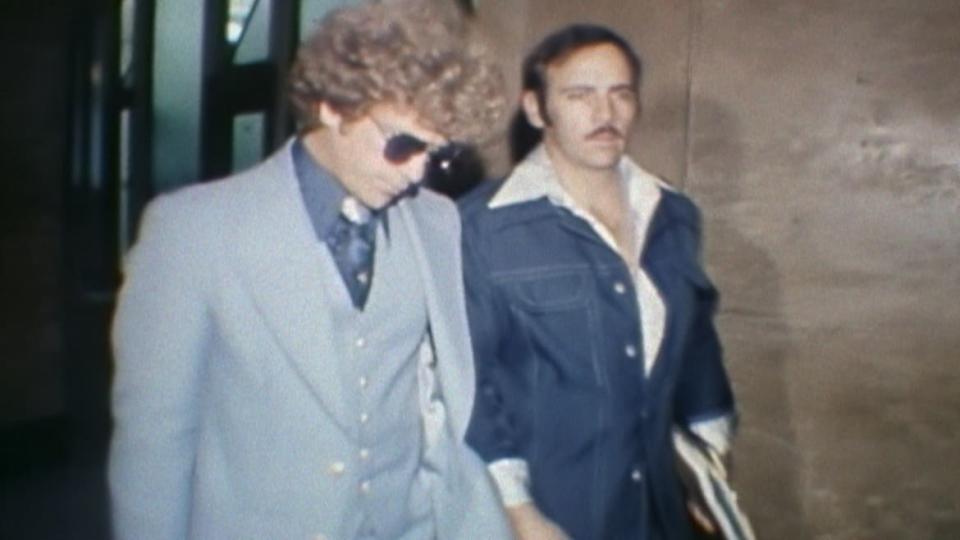
Terry D'Prero and Robert Cantwell
As if on cue, Welman’s cellphone rings. It’s Robert Cantwell, the former head of Colorado’s long-disbanded Organized Crime Strike Force and recently retired head of the Colorado Bureau of Investigation. Forty years have passed but it seems Cantwell and D’Prero are still in touch—D’Prero’s wife has just called Cantwell from inside the house. On the phone it becomes quite clear that Cantwell is not happy that we have located his star witness in this decades-old case. He does his best to scare us off of trying to convince D’Prero to do an interview.
An hour later, Steve London and I are setting up the camera and lights in the honeymoon suite of a nearby motel. The rather rundown room, complete with a pink Jacuzzi, is all we could find on short notice. D’Prero after a tense conversation has, to my surprise, agreed to talk to me on camera.
Welman, the former police officer turned PI that we have hired as a security measure, has had to leave for a family emergency. We are now alone with a career criminal who at a minimum, participated in the murder of Hal Levine and the shooting of his wife, Shirley, and whose son is doing time for the brutal murder of a friend he suspected of snitching to the police about his drug operation.
Before we start the interview, D’Prero takes a moment to call his wife and share with her the number of the motel room we are in. At the end of the conversation, he tells her, “Yeah, you know what to do.” Steve and I share a nervous glance. Perhaps we have seen too many movies, or perhaps we are about to find ourselves in a situation way over our heads. Either way, it is too late to turn back now that we may finally learn what truly led to the murder of Hal Levine, who was behind the hit, and who was standing next to D’Prero when the trigger was pulled.
Hours earlier, Terry Lee D’Prero had been nothing more than a figure from the past, a young man forever in his twenties who I had only seen in newspaper photos and a few seconds of grainy 16mm film. To some extent, over the years of my investigation, he had grown larger than life. This is the man we know with certainty was there when Hal Levine was murdered, the man with all the answers, the man hidden away that Robert Cantwell didn’t want me talking to. Now D’Prero is sitting just a few feet away, and I can’t believe the things he is telling me.
Between Black and Blue, a new four-part true crime documentary series is now available on AppleTV, Amazon Prime, the Microsoft Store, VUDU, and Vimeo On Demand. For more information go to www.betweenblackandblue.com.
Get our top stories in your inbox every day. Sign up now!
Daily Beast Membership: Beast Inside goes deeper on the stories that matter to you. Learn more.

 Yahoo Movies
Yahoo Movies 
